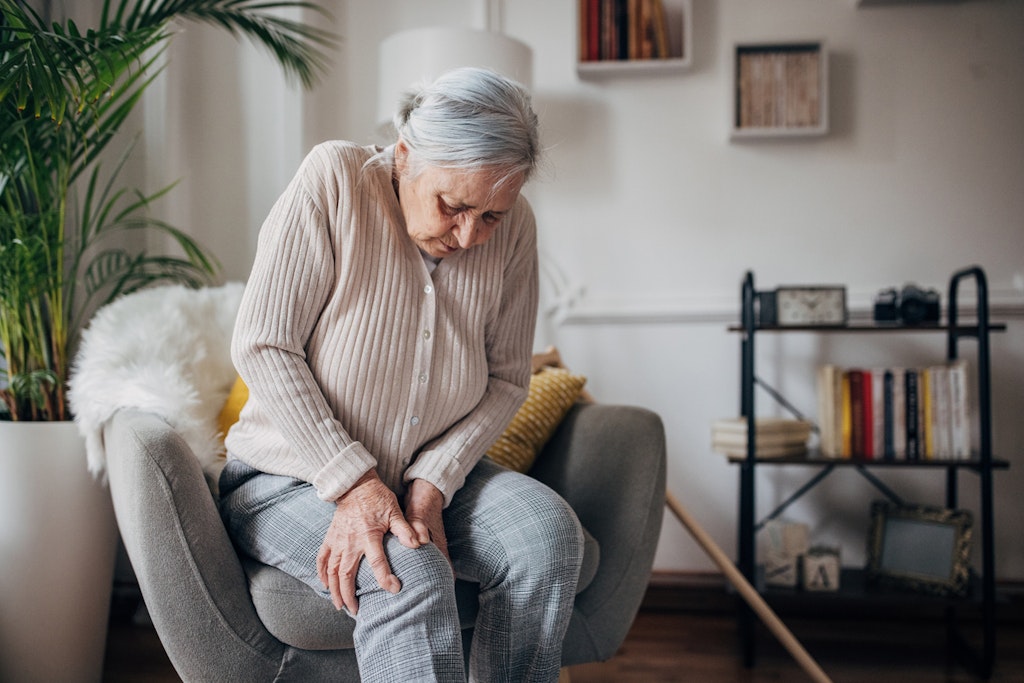Avoiding opioid disasters – Study shows pain levels are increasing, further data is needed to treat source not symptoms
Last updated on 24 September 2025

‘Ground Zero’
Arthur Sackler, famed as the patriarch of the modern day Sackler family, is reported to have said to his children right before his death, “Leave the world a better place than when you entered it.” Now irrevocably linked to Purdue Pharma, and the ‘ground zero’ that its ‘wonder-drug’ OxyContin would be for the opioid crisis, the devastation this prescription pain-medication has wrought across the world is horrifying. But the billions that the Sackler family made through Purdue Pharma and OxyContin, and the pay-days of countless other pain-management pharmaceuticals, show that pain medication is big business. So, a study that shows that pain is on the rise should have all leaders, in private and public sectors, leaning in to ask more questions, and get to the source of the rise.
HILDA Survey
The Household, Income and Labour Dynamics in Australia (HILDA) Survey has been running for twenty-four years. It’s a national representative longitudinal study of Australians households, started in 2001. Having interviewed the same people, and now their children, for over two decades, when trends start to emerge in this data over 16,000 people, it’s time to take a closer look.
Pain is rising globally
Pain and its management has long been a problem and one not limited to Australia. Studies have shown that since 2009 pain around the globe has been increasing, and the inequality of safe ways to treat it, for women, youth, the less educated and the poor is tracking with that trend. These demographics are not only at risk of struggling with more pain, but turning to addictive substances to try and manage it.
The latest “wave” or collection of data from the HILDA Survey has found that the intensity of bodily pain identified by Australians has risen across the previous two decades, and importantly, the researchers can verify the trend cannot be limited to an ageing population alone.
Precedent – sweeping implications
The researchers note that if pain is not handled well at a health-system, societal and public level, as evidenced by the precedential sweeping destruction that the opioid crisis has had in the U.S. and further, the consequences are unthinkably high for people, impacting life-supporting activities such as working, parenting or sustaining healthy relationships.
How much and how bad
Every year, the researchers have asked questions to understand how much bodily pain participants were feeling, and to what intensity it impacted their routine activities in life.
Participants were asked how much pain they had experienced in the past four weeks, and how much it interfered with their life, both outside and inside the home during the same time frame. From these questions a data point out of 100 was assessed, with 100 being severe bodily pain, this became the “bodily pain score”.
Gender
Gender was found to be a prominent factor, with 79% of women experiencing pain in the time period, men sat at 74%.
Women were found to identify higher intensity pain than men, and showed that it was more probable to impact their ability to continue in daily tasks.
26.2% of men stated they had no pain, while only 21.5% of women said the same. And when it came to severity, 8% of women said it was “severe” or “very severe”, while 5.1% was the same for men.
Concerningly the amount of those identifying “extreme” pain has risen, with 2.4% of women now responding that felt this intensity, and 1.3% of men.
Increasing pain
The data found that Australia is keeping up with global trends. Pain is on the rise. The researchers wanted to ensure that their data was not influenced by the world’s ageing population. Adjusting for age, their data is subsequently accurately insightful and worrying.
The researchers found that bodily pain has risen by 5.6% for women, and 4.8% for men between the commencement of the study in 2001 and 2023. The researchers have hedged that apart from age, the data suggests that “other factors may be behind the rise in pain.”
Chronic illness
The academics note that other research has supported the assessment that chronic conditions are rising in Australia. Obesity being one of them, has risen, and has been linked to elevated physical pain, with heightened intensity of stress on joints.
However the researchers are cautious to pin the rise in pain onto chronic illnesses alone and call for further action to identify what is behind the rise in pain, before its management, and impacts on society, become overwhelming.
Wide impact zone
Due to the size, length and scope of the study, the researchers were also able to gather data on how the pain identified in participants not only impacted their physical wellbeing, and ability to complete daily tasks, but how it impacted on their mental health. They found that those with higher pain scores reported significantly worse mental health and “lower life satisfaction” as compared to those with less pain.
Drawing on other studies which have shown causal links between elevated pain and higher job loss, as well as the data gathered in their own study, researchers are adamant that this is an area with sweeping societal implications, which needs public and private attention.
Ferdi Botha, one of the researchers out of The University of Melbourne says, “Given these debilitating personal impacts of severe bodily pain – and the costs it puts on our health-care system and economy – reversing the rising trend in pain is imperative.”